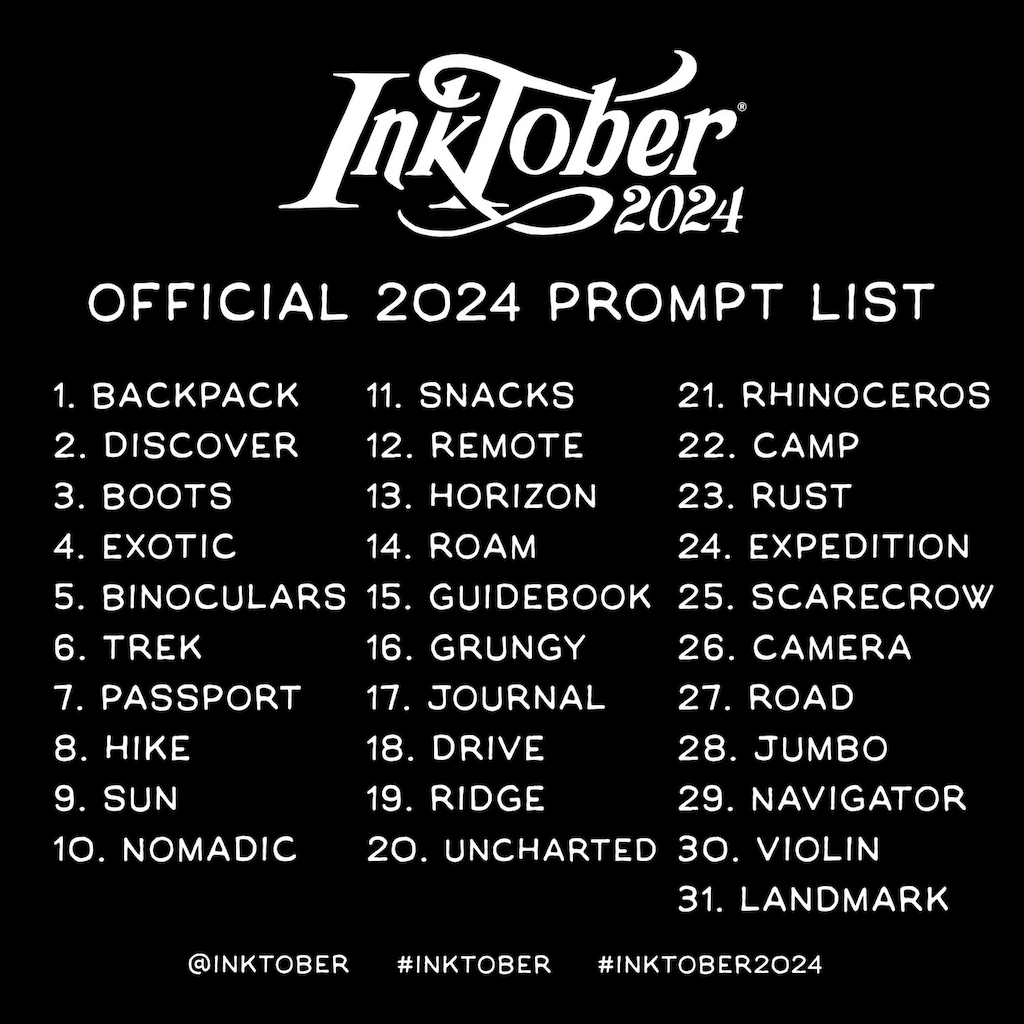A Generative AI Agent with a real declarative workflow
In my previous article, I detailed how to build an AI-powered short story generation agent using Java, LangChain4j, Gemini, and Imagen 3, deployed on Cloud Run jobs.
This approach involved writing explicit Java code to orchestrate the entire workflow, defining each step programmatically. This follow-up article explores an alternative, declarative approach using Google Cloud Workflows.
I’ve written extensively on Workflows in the past, so for those AI agents that exhibit a very explicit plan and orchestration, I believe Workflows is also a great approach for such declarative AI agents.
Read more...
